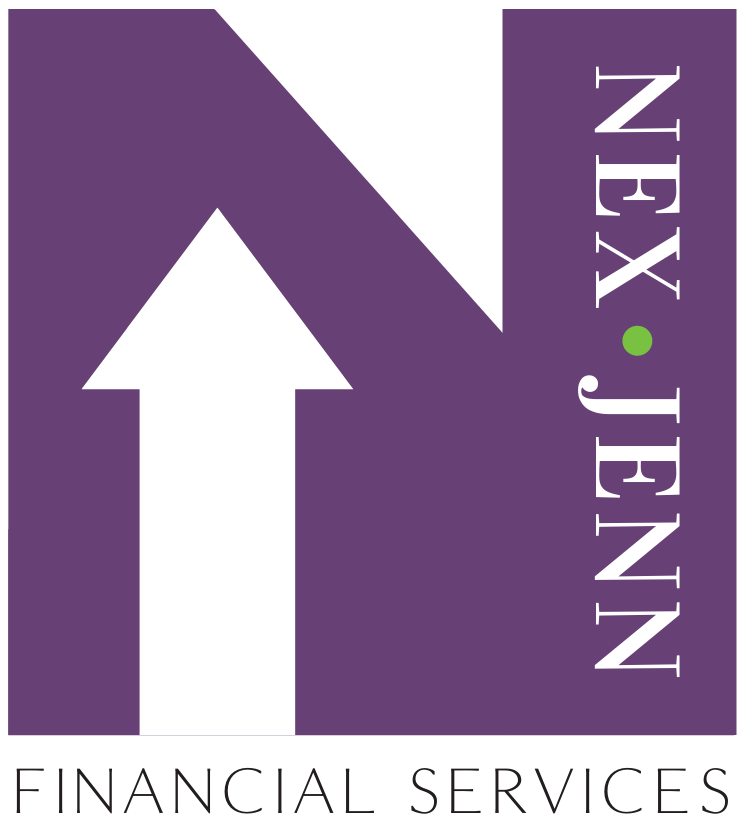
Estimated Read Time: 7 minutes
Medicare is a federal program that provides health insurance to retired individuals, regardless of their medical condition, and to certain younger people with disabilities or end-stage renal disease. As you age, you are more likely to develop health issues and require additional care or medication. Coverage through Medicare can help to keep these medical costs down. In this blog we will explain the ins and outs of Medicare.
The key takeaways of this blog are:
● Medicare Parts and Coverage
● What Isn’t Covered by Medicare?
● Are You Eligible for Medicare?
● How Much Does Medicare Cost?
● Who Administers Medicare?
● How Do You Sign Up?
Medicare Parts and Coverage
- Medicare Part A (hospital coverage)
Generally known as hospital insurance, Part A covers services associated with inpatient hospital care. These are the costs associated with an overnight stay in a hospital, skilled nursing facility, or psychiatric hospital, including charges for the hospital room, meals, and nursing services. Part A also covers hospice care and home health care.
- Medicare Part B (medical insurance)
Generally known as medical insurance, Part B covers other medical care. Physician care received as an inpatient or outpatient at a hospital, doctor’s office, or other healthcare facilities, is covered under Part B. Laboratory tests, physical therapy or rehabilitation services, and ambulance service are also covered. Medicare Part B also covers 100% of the cost of many preventative services and an annual wellness visit.
- Medicare Part C (Medicare Advantage)
A Medicare Advantage plan is a private healthcare plan that contracts with Medicare to provide Part A and Part B benefits. A Medicare Advantage plan covers all the services that Original Medicare covers except hospice care. Some plans offer extra coverage for expenses not covered by Original Medicare such as vision, hearing, dental, and other health expenses. Most also offer prescription drug (Part D) coverage. Several types of Medicare Advantage plans may be available, including health maintenance organization (HMO) plans, preferred provider organization (PPO) plans, private fee-for-service (PFFS) plans, and special needs plans (SNPs). You can choose to enroll in either Original Medicare or Medicare Advantage. Medicare Advantage plans are paid through a monthly premium on top of your Part B premium.
- Medicare Part D (prescription drug coverage)
All Medicare beneficiaries are eligible to join a Medicare prescription drug plan offered by private companies or insurers that have been approved by Medicare. Although these plans vary in price and benefits, they all cover a broad number of brand name and generic drugs available at local pharmacies and through the mail. Medicare prescription drug coverage is voluntary, but plans do differ. Some cover more prescriptions or offer a wider selection of pharmacies for a higher premium.
You can get information and help with comparing plans on the Medicare website, medicare.gov, or by calling a Medicare counselor at 1-800-Medicare.
What Isn’t Covered by Medicare?
Some medical expenses are not covered by either Part A or B. These expenses include:
● Your Part B premium
● Deductibles, coinsurance, or co-payments that apply
● Most prescription drugs
● Dental care
● Hearing aids
● Eyecare
● Custodial care at home or in a nursing home
Medicare Part C may cover some of these expenses, or if you’re enrolled in Original Medicare, you can purchase a supplemental Medigap insurance policy that will help cover what Medicare does not.
Are You Eligible for Medicare?
Most people, age 65 or older, who are citizens or permanent residents of the United States are eligible for Medicare Part A (hospital insurance) without paying a monthly premium. You could be eligible if:
● You receive or are eligible to receive Social Security or Railroad Retirement Board benefits based on your own work record or on someone else’s work record (as a spouse, divorced spouse, widow, widower, divorced widow, divorced widower, or parent), or
● You or your spouse worked long enough in a government job where Medicare taxes were paid
In addition, if you are under age 65, you can get Part A without paying a monthly premium if you have received Social Security or Railroad Retirement Board disability benefits for 24 months, or if you are on kidney dialysis or are a kidney transplant patient.
Even if you’re not eligible for free Part A coverage, you may still be able to purchase it by paying a premium. Medicare Part B is optional for a monthly premium. Although, if you want to join a Medicare managed care plan or a Medicare private fee-for-service plan, you will need to enroll in both Parts A and B.
How Much Does Medicare Cost?
Medicare deductible amounts and premiums change annually. Here’s what you’ll pay in 2022 if you’re enrolled in Original Medicare:
| Premium | Deductible | Coinsurance |
| Part A (hospital) | None for most people, but ineligible individuals pay up to $499 per month (if they have 39 or fewer quarters of Medicare-covered employment) | $1,556 per benefit period | $389 a day for the 61st to 90th day of each benefit period; $778 a day for the 91st to 150th day for each lifetime reserve day (total of 60 lifetime reserve days); $194.50 a day for the 21st to 100th day each benefit period for skilled nursing facility care |
| Part B (medical) | The standard Part B premium amount is $170.10. However, some people who get Social Security benefits will pay more than this amount. See below for more information. | $233 per year | After satisfying a deductible if one applies, you normally pay 20% of the approved amount for medical expenses (20 to 40% for outpatient mental health services, 20% for hospital charges for outpatient hospital services, and nothing for laboratory services) |
Most people pay the standard Part B premium of $170.10. But if your modified adjusted gross income is above a certain amount, you’ll pay the standard premium plus an extra charge called the Income Related Monthly Adjusted Amount (IRMAA).
The table below shows premium costs based on income:
| Individual income | Joint income | Married filing separately | Monthly premiumin 2022 |
| $91,000 and below | $182,000 and below | $91,000 and below | $170.10 |
| $91,001 – $114,000 | $182,001 – $228,000 | N/A | $238.10 |
| $114,001 – $142,000 | $228,001 – $284,000 | N/A | $340.20 |
| $142,001 – $170,000 | $284,001 – $340,000 | N/A | $442.30 |
| $170,001 – $500,000 | $340,001 – $750,000 | $91,001 – $409,000 | $544.30 |
| $500,001 and above | $750,001 and above | $409,000 and above | $578.30 |
Since Original Medicare doesn’t cover every type of medical care, and you’ll have to pay deductibles and coinsurance, you may want to buy a Medicare supplemental insurance (Medigap) policy.
If you’re enrolled in a Medicare Advantage plan, you’ll generally pay one monthly premium for that plan in addition to your Medicare Part B premium. Each Medicare Advantage plan has different premiums and costs for services and coverage varies, so what you will pay depends on the plan you have.
Who Administers Medicare?
The Centers for Medicare & Medicaid Services (CMS) has overall responsibility for administering the Medicare program and setting standards and policies. The CMS also manages the official government website for Medicare, medicare.gov. But it’s Social Security Administration (SSA) that processes Medicare applications and answers Medicare eligibility questions.
How Do You Sign Up?
You are usually automatically enrolled in Medicare upon turning 65 if you’ve already been receiving Social Security or Railroad Retirement Board benefits for at least four months. The SSA will notify you that you’re enrolled. If you’re not automatically enrolled and are eligible for Medicare at age 65, you have a 7-month initial enrollment period to sign up for Part A and/or Part B.
Although there’s no cost to enroll in Medicare Part A, you will pay a monthly premium when enrolled in Medicare Part B. If you’ve been automatically enrolled in Part B, you’ll be notified that you have a certain amount of time after your enrollment date to decline coverage. Even if you decide not to enroll in Medicare Part B, you can enroll later during the annual general enrollment period that runs from January 1 to March 31 each year.
If you decide to postpone applying for Social Security past your 65th birthday, you can still enroll in Medicare when you turn 65. The SSA suggests that you call (800) 772-1213 three months before you turn 65 to discuss your options. The easiest way to apply for Medicare is online at socialsecurity.gov.
Although Medicare can be intimidating to understand, like all complex systems, investing some time in creating an understanding of the system can help you navigate through this complexity with more confidence. This blog is the first step in that process. Well done!
